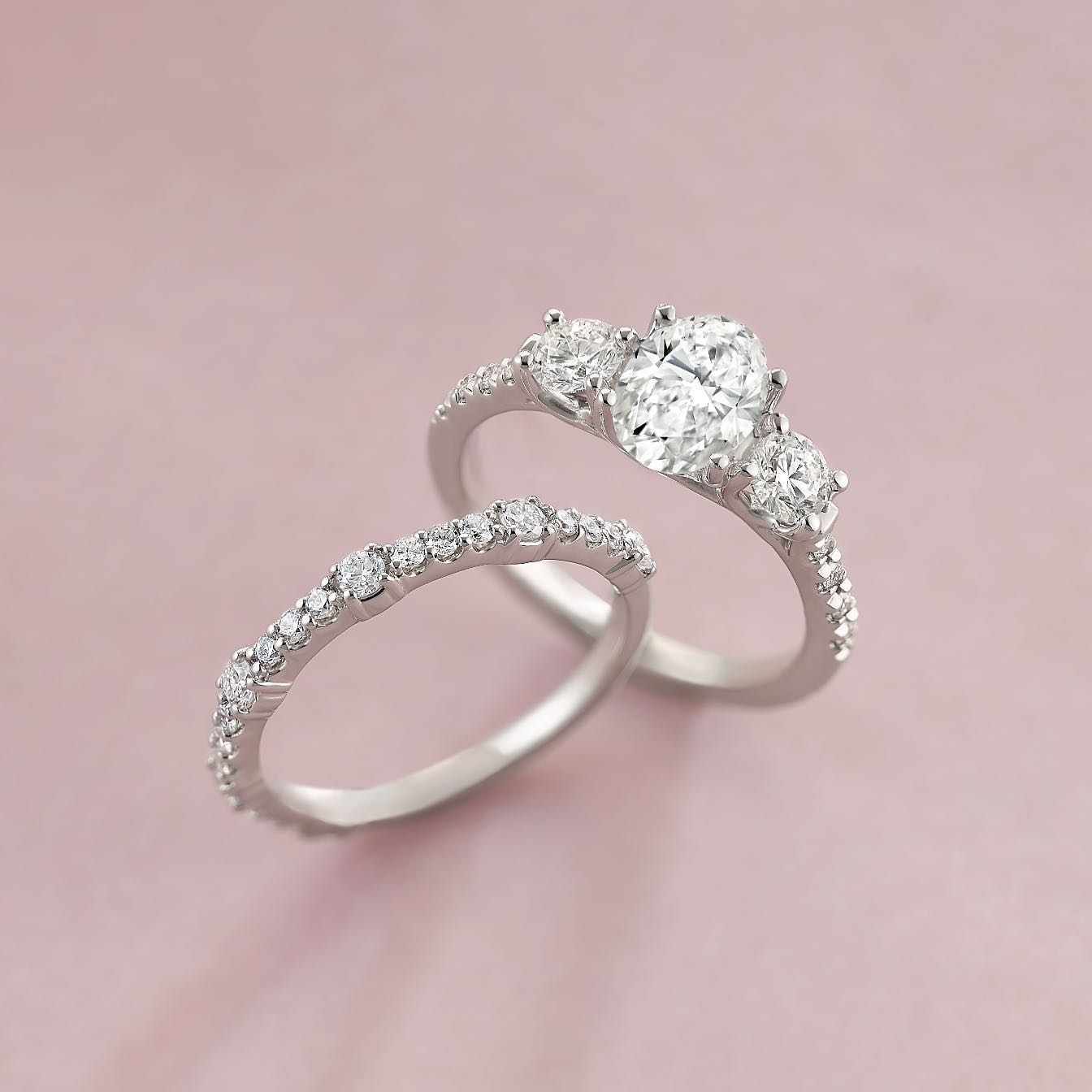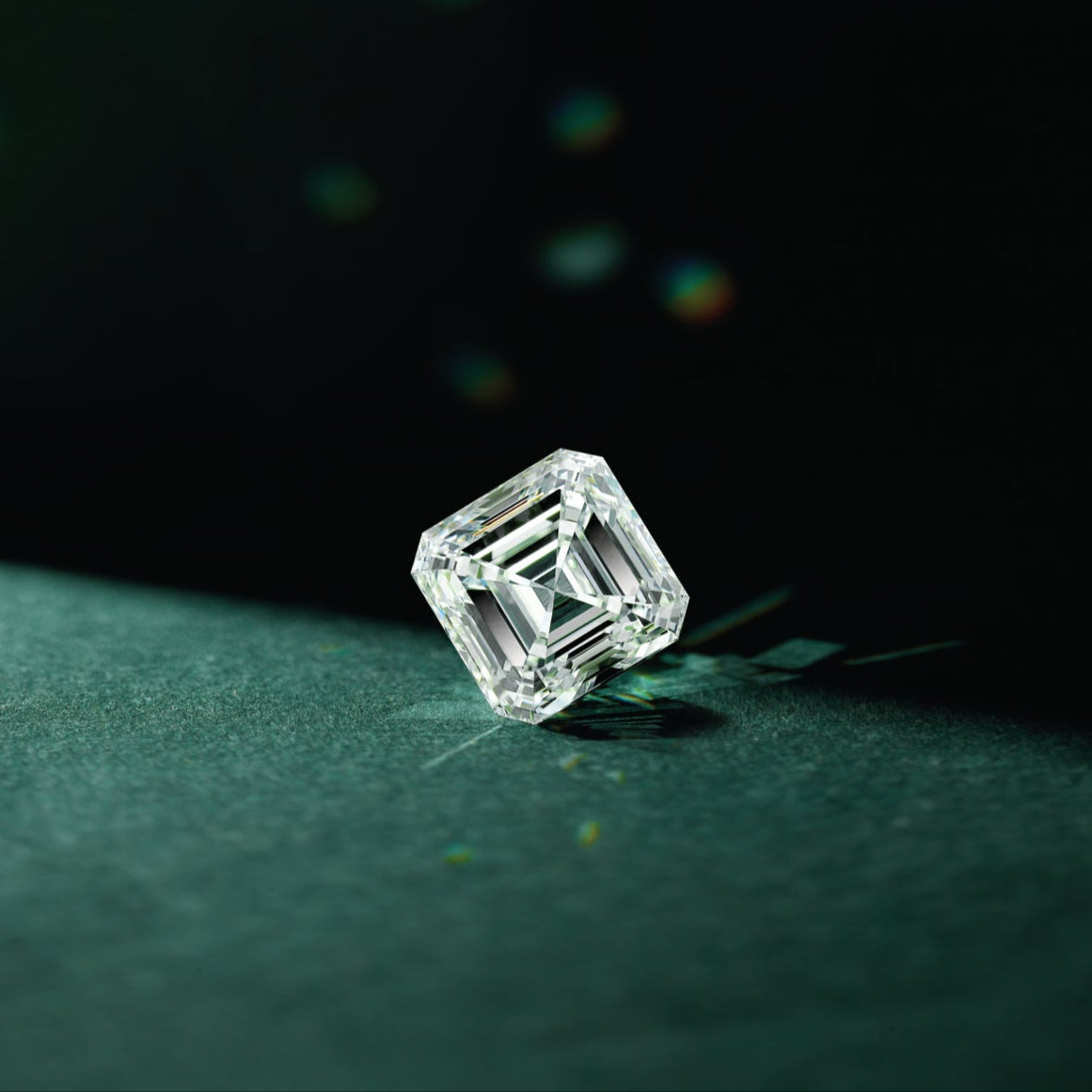
choosing an ethical and sustainable engagement ring: the case for lab-grown diamonds
In the world of timeless symbols of love and commitment, diamonds have held a special place for centuries. However, as awareness grows regarding the ethical and environmental concerns surrounding the diamond industry, many are seeking alternatives to traditional natural diamonds.
One such alternative gaining significant traction is lab-grown diamonds. In this comprehensive blog post, we will delve deep into the ethical and sustainable aspects of lab-grown diamonds and why they are emerging as the responsible choice for engagement rings and other jewelry.
the kimberly process: a well-intentioned yet incomplete solution
The Kimberly Process, established in 2003 by the United Nations General Assembly, was a significant step towards addressing one of the darkest issues in the diamond industry – conflict diamonds, also known as blood diamonds. These are diamonds mined in war zones, often by minors, and sold to finance armed conflicts against governments.
The Kimberly Process introduced guidelines and regulations for diamond-producing countries, requiring them to certify that their diamond exports are conflict-free. To achieve this, participating countries established national certification schemes, implemented export and import controls, and committed to regular reviews and monitoring of the diamond industry.
While the Kimberly Process has made some progress in reducing the trade of conflict diamonds, it is not without its criticisms and limitations. Its primary focus is on conflict diamonds, leaving other ethical and environmental concerns related to diamond mining unaddressed. For instance, it does not tackle human rights abuses or the significant environmental damage caused by diamond mining. Furthermore, the certification process has shown vulnerabilities, with diamonds still being smuggled through unregulated channels.
the rise of lab-grown diamonds: ethical, sustainable, and stunning the science behind lab-grown diamonds
Lab-grown diamonds, often referred to as synthetic or cultured diamonds, are created within a controlled laboratory environment. They share the same physical and chemical properties as their natural counterparts and are virtually indistinguishable to the naked eye. In fact, some argue that lab-grown diamonds have an advantage – they tend to exhibit more sparkle and fewer impurities, thanks to the controlled conditions of their creation.
ethical advantages of lab-grown diamonds
Conflict-Free Sourcing: One of the standout ethical advantages of lab-grown diamonds is their conflict-free origin. These diamonds are born in laboratories, eliminating any risk of being associated with conflict zones or financing armed conflicts. Choosing a lab-grown diamond provides peace of mind, knowing that your symbol of love has no connection to violence or suffering.
Human Rights: Lab-grown diamonds do not contribute to the human rights abuses often seen in traditional diamond mining, such as child labor and unsafe working conditions. Their production involves skilled technicians working in controlled and ethical environments.
Environmental Responsibility: Lab-grown diamonds leave a significantly smaller ecological footprint. They do not require the massive land excavation and resource consumption associated with traditional diamond mining. Additionally, lab-grown diamonds minimize the release of harmful environmental pollutants, making them a sustainable choice.
economic advantages of lab-grown diamonds
Cost Efficiency: Lab-grown diamonds are often more affordable than their natural counterparts. The efficient process of creating them in a controlled laboratory setting reduces production costs, allowing you to acquire a beautiful and high-quality diamond without breaking the bank.
Customization: Lab-grown diamonds can be grown in a variety of shapes and sizes, offering a wide range of customization options. You can design a unique and personalized engagement ring that perfectly represents your love story.
the future of ethical and sustainable engagement rings
As society becomes increasingly aware of the ethical and environmental concerns associated with traditional diamond mining, lab-grown diamonds are poised to become the engagement ring of choice for the conscious consumer. Their conflict-free, environmentally friendly, and cost-effective attributes make them an attractive alternative.
In conclusion, while the Kimberly Process has made strides in reducing the trade of conflict diamonds, it falls short of addressing the broader ethical and environmental concerns in the diamond industry. Lab-grown diamonds offer a sustainable and ethical alternative that aligns with the values of conscientious consumers. Their affordability, customization options, and stunning beauty position them as a compelling choice for engagement rings and other jewelry.
As we navigate the evolving landscape of ethical and sustainable jewelry, lab-grown diamonds shine brightly as a symbol of love, responsibility, and a brighter future for all.













